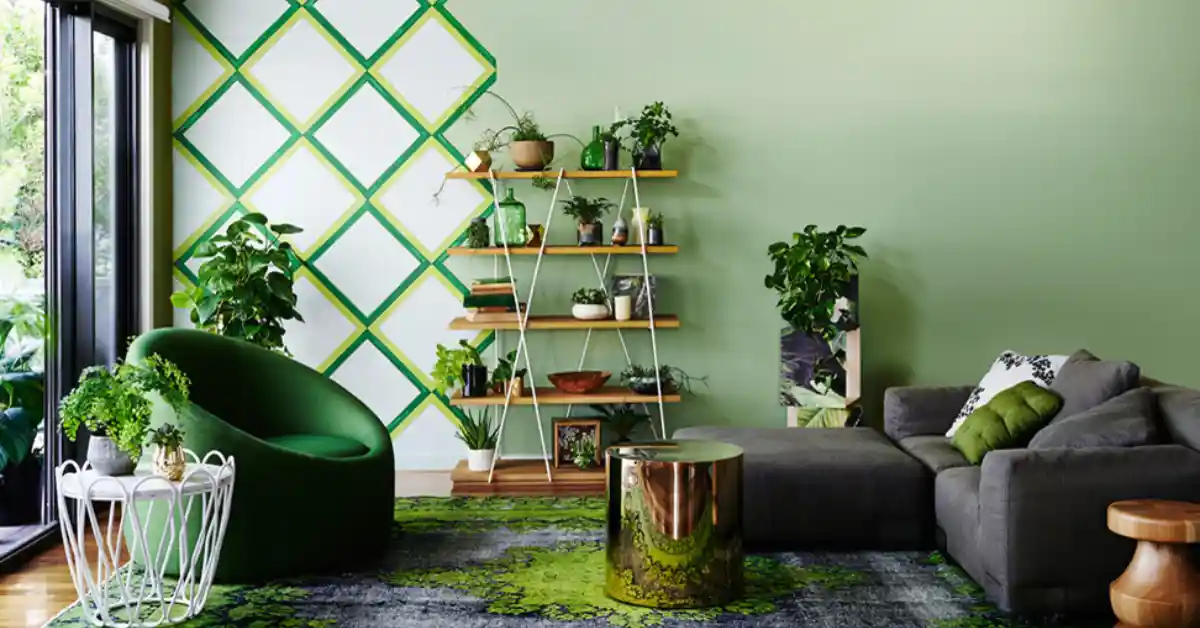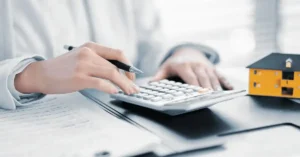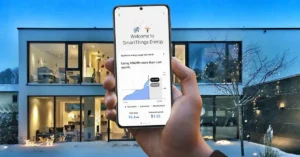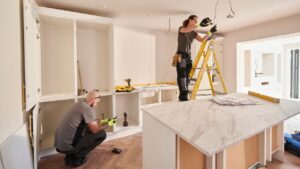Introduction: The Shift Toward Sustainable Living
Green homes are no longer a luxury or niche idea, they’re quickly becoming the new standard in real estate and homeownership. In 2025, homeowners are increasingly focused on eco-friendly materials, energy-efficient designs, and smart technology that reduce environmental impact, lower long-term costs, and improve coverage options with insurers.
From bamboo flooring to net-zero energy homes, today’s green home trends combine sustainability, technology, and financial benefits that align with both modern living and future-proofing investments.
What Are Green Home Trends? (Quick Answer)
Green home trends are sustainable building and design practices, including eco-friendly materials, energy-efficient technologies, and smart systems, that reduce environmental impact, save money, and increase property value.
Why Green Homes Matter in 2025
- Energy prices: Rising costs make efficiency more important than ever.
- Resale demand: Buyers pay a premium for homes with eco-upgrades.
- Insurance benefits: Fire-resistant roofs, storm-rated windows, and leak detection systems reduce claim risks.
- Environmental responsibility: Reduced carbon footprint supports sustainability goals.
- Government incentives: Rebates and tax credits help offset eco-friendly renovations.
Top Green Home Trends for 2025
1. Net-Zero & Passive Homes
- Net-zero homes: Generate as much energy as they consume.
- Passive homes: Designed for natural heating/cooling with minimal energy use.
- Benefits: Lower utility bills, higher resale value, and better climate resilience.
2. Eco-Friendly Materials
- Bamboo, reclaimed wood, and recycled steel are becoming mainstream.
- Non-toxic paints and finishes improve indoor air quality.
- Fire-resistant, storm-rated siding lowers insurance risks.
3. Smart Energy Integration
- Solar panels + battery storage + EV chargers.
- Whole-home energy dashboards for monitoring usage.
- Some insurers reward bundled smart eco-upgrades with premium discounts.
4. Water Conservation Upgrades
- Greywater recycling systems reuse shower/laundry water for irrigation.
- Low-flow fixtures cut water use by 20–40%.
- Leak detection systems prevent costly damage and qualify for insurance incentives.
5. Indoor Air Quality (IAQ) Improvements
- HVAC systems with HEPA filters and smart ventilation.
- Natural lighting and ventilation for healthier spaces.
- IAQ monitoring sensors that connect to insurance wellness programs.
Costs & ROI of Green Upgrades (2025)
| Upgrade | Average Cost | Annual Savings | ROI Timeline | Insurance Impact |
| Solar + Battery System | $18,000–$30,000 | $1,500–$2,200 | 8–12 years | High |
| Green Roofing (Metal/Reflective) | $12,000–$18,000 | $400–$600 | 10–12 years | High (fire/storm resistant) |
| Bamboo/Reclaimed Flooring | $5,000–$12,000 | Minimal | Long-term value | Moderate |
| Smart Irrigation + Greywater System | $2,000–$7,000 | $300–$600 | 5–7 years | Moderate |
| Energy-Efficient Windows | $8,000–$15,000 | $250–$500 | 10–12 years | Moderate |
Insurance & Green Homes
- Risk reduction = discounts: Eco-materials like fire-resistant roofs, impact-resistant windows, and smart leak sensors lower risk profiles.
- Coverage updates: Eco-upgrades may raise replacement value, so policies need adjustments.
- Green rebuild coverage: Some insurers now offer policies that cover eco-friendly materials in case of a loss.
- Overlap with warranties: Many systems (solar, HVAC) come with long-term warranties alongside insurance protection.
Real-World Examples
- California Net-Zero Build: A family invested in a $25,000 solar + battery setup, achieving energy independence while raising home resale value by 6%.
- Florida Green Roof Case: Metal, hurricane-rated roofing cost $15,000 but lowered premiums by 10% and added 30 years of durability.
- Colorado Eco-Interior: Using bamboo flooring and non-toxic paint improved air quality, which appealed to eco-conscious buyers.
Challenges of Green Homes
- Upfront investment: Some eco-materials and smart systems cost more initially.
- Regional availability: Not all green materials are accessible in every market.
- Insurance complexity: Policies may require riders for expensive eco-systems.
- Maintenance & expertise: Specialized contractors are needed for green builds.
Tips for Homeowners in 2025
- Prioritize upgrades with strong ROI (solar, insulation, storm-rated roofs).
- Bundle water + energy efficiency for stacked savings and discounts.
- Work with contractors who specialize in eco-certified materials.
- Ask insurers about green rebuild coverage to protect eco-investments.
- Consider certifications (LEED, ENERGY STAR, Passive House) to maximize resale value.
Key Takeaways
- Green homes combine efficiency, sustainability, and financial benefits.
- Popular 2025 trends: net-zero builds, eco-materials, water conservation, and IAQ improvements.
- Costs can be high, but savings and resale premiums offset investments.
- Insurance providers increasingly support eco-upgrades with discounts.
- Green homes are positioned as the future of real estate.




